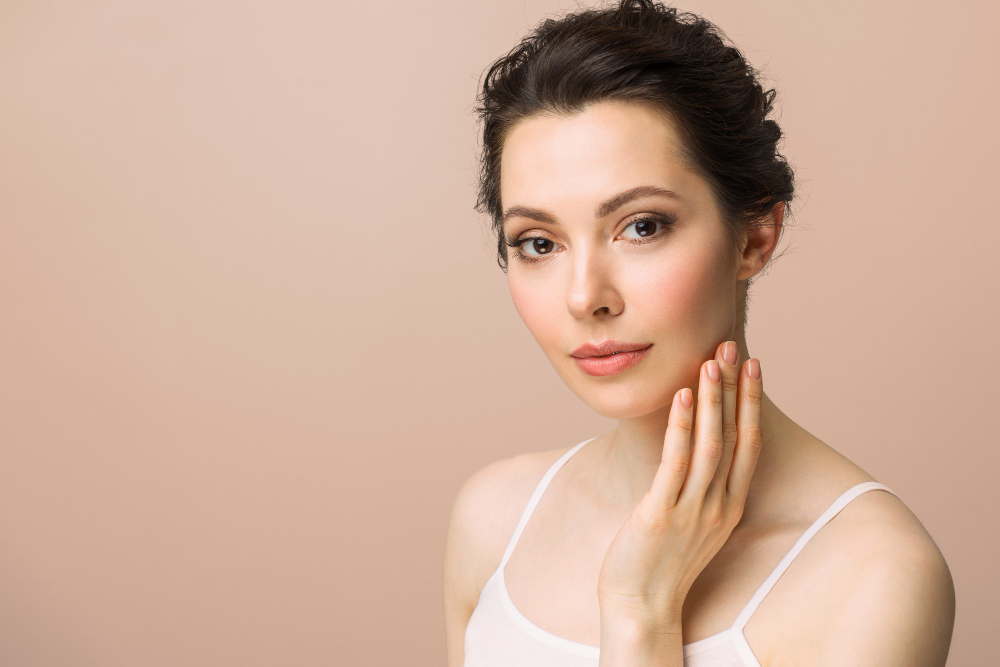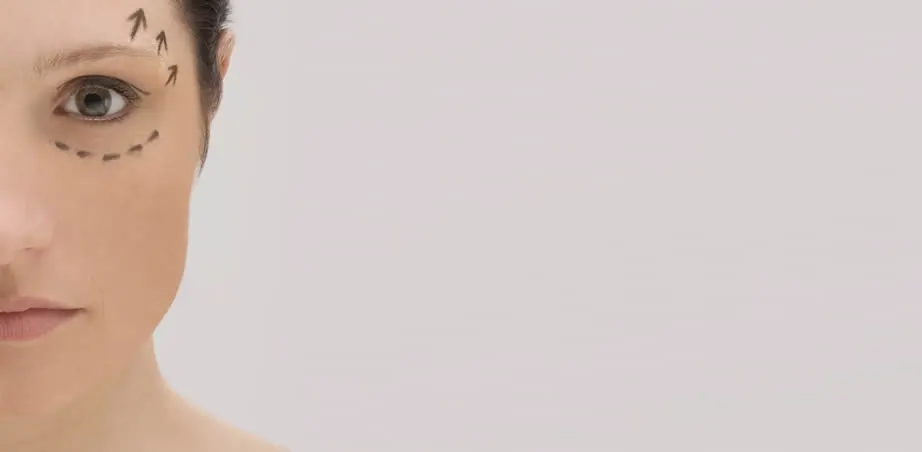Eyelid Surgery


Eyelid Surgery (Blepharoplasty):
When we meet people for the first time, one of the first things we notice is their eyes. If a person has tired or ageing eyes, it can lead others to falsely assume they are unhappy, irritated or exhausted. An eyelid lift, also called a blepharoplasty, can help reverse the effects of sleep deprivation, life stressors and the ageing process. drName can dramatically improve the condition of undereye bags and folds of sagging skin above the eye by performing eyelid surgery, leaving patients looking well-rested, with a natural, rejuvenated appearance.
Upper Eyelid Blepharoplasty:
The upper eyelids can develop folds of skin that can eventually affect the visual field. For women, applying eye makeup can become challenging. As we age, the pads of fat around the eye can begin to sag, leading to more bulk sagging over the upper eyelid. Upper eyelid surgery can remove or move the fatty tissue sagging upon the upper eyelid. It also removes excess skin, leaving behind a tighter, more even eye.
Lower Eyelid Surgery Treatment:
Lower eyelids can develop excess skin, causing the area beneath the eyes to bulge and sag. Lower eyelid surgical treatment can eradicate this extra skin, including the fat pads that bulge and create the bags. The results of lower eyelid blepharoplasty will leave you looking well-rested and younger.
The Surgery:
Upper and/or lower eyelid surgery can be done by itself and is performed in a single day, typically not requiring the patient to stay overnight in a hospital. Because it cannot correct other facial issues, such as low eyebrows, it can also be combined with another treatment, such as a brow (forehead) lift or a facelift. What you choose to do in a single surgery is up to you and drName.
drName will make a series of discreet incisions during the eyelid surgery, ensuring that they will fall in the natural eyelid creases, reducing the development and visibility of any scars. During your initial consultation, drName will describe the eyelid procedure to you in detail, so that you may know what to expect before, during and after the surgery. drName will answer all of your questions will make a plan specifically to address your own specific needs and provide for the most optimal results.
New and Traditional Eyelid Surgery Techniques:
Traditional blepharoplasty is completed with an incision in the crease of the upper eyelid, allowing the scar to be virtually invisible whenever the eye is open. To hide the incision of a lower eyelid surgery, the incision is made following the lash line, allowing the lashes to hide the scars.
The newest surgical technique for lower eyelid surgery is the transconjunctival approach. It allows for excess fat to be removed through an incision inside the lower lid, leaving no scar on the face. Excess skin cannot be removed this way.
Another eyelid rejuvenating procedure available is laser resurfacing. This non-surgical treatment is an alternative for patients who want to put off the need for eyelid surgery. Laser eyelid resurfacing can dramatically tighten the skin around the eyes, especially to the “crow’s feet” wrinkles in the outside corners of the eye (which are not affected by eyelid surgeries), but it has no effect on the fat pads there. In some cases, it may even draw attention to them.
drName can answer all of your questions and can recommend which of these treatments is best for your particular needs.
The Surgery:
Sedation is administered via an intravenous line, and the area around the eyes is sedated with a local anesthetic. While you will be awake, you will be extremely relaxed and at ease. General anesthesia is almost never used for eyelid surgery, and the procedure rarely requires a hospital stay.
drName performs the procedure at our surgical center as an outpatient basis. You must arrange for someone to drive you home and care for you following the surgery for a minimum of 24 hours. You will not be able to drive or perform complicated tasks following the surgery, and should plan to rest and be comfortable.
drName has a great deal of experience with eyelid surgery, and complications are not expected. You should, however, be aware that you might encounter difficulties healing, infection, swelling, bleeding, asymmetric results, dry eyes, double vision or the drooping or the eyelids.
What to Expect During Recovery:
You will have swelling in the days after the surgery. It should begin to improve after the first 24 hours and continue to improve over time. Some vision issues, such as blurring, can be expected, and is normal.
Four to five days after surgery, you will have your stitches removed. Discoloration from bruising and swelling can last as long as ten days, but can be hidden by makeup. Plan to resume your normal life within 7-10 days. Within two weeks, you’ll have nothing but the tiniest of subtle pink scars to reveal your surgery. Those will fade within six months.
If you received lower eyelid surgery, those fat bags will never return. Wrinkles will return as you age, but their effects will be reduced.
